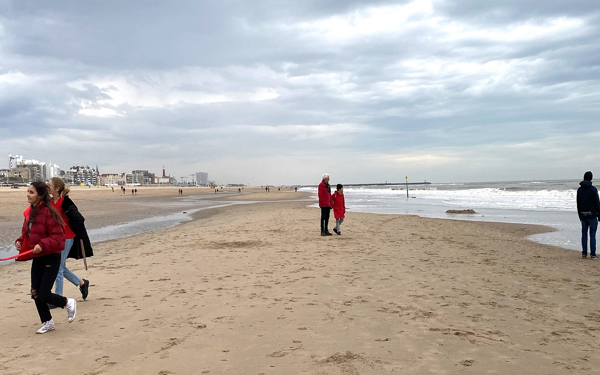The first pillar: General Old Age Pension (AOW)
The first pillar is the state pension under the General Old Age Pensions Act (AOW). Every person living or working in the Netherlands automatically builds up AOW under this government state pension scheme. Every year, the government adjusts the AOW level in line with the development of the minimum wage. When the scheme was introduced, everyone received an AOW pension from the age of 65. Now the statutory retirement age is connected to the life expectancy of Dutch pensioners, which means it is rising. For everyone born after February 1957, it has been set at 67 or over. The average life expectancy is likely to rise further over the years, and the statutory retirement age will rise with it. Changes to the statutory retirement age are announced five years in advance. In 2028, for example, the statutory retirement age will be raised to 67 years and three months.








